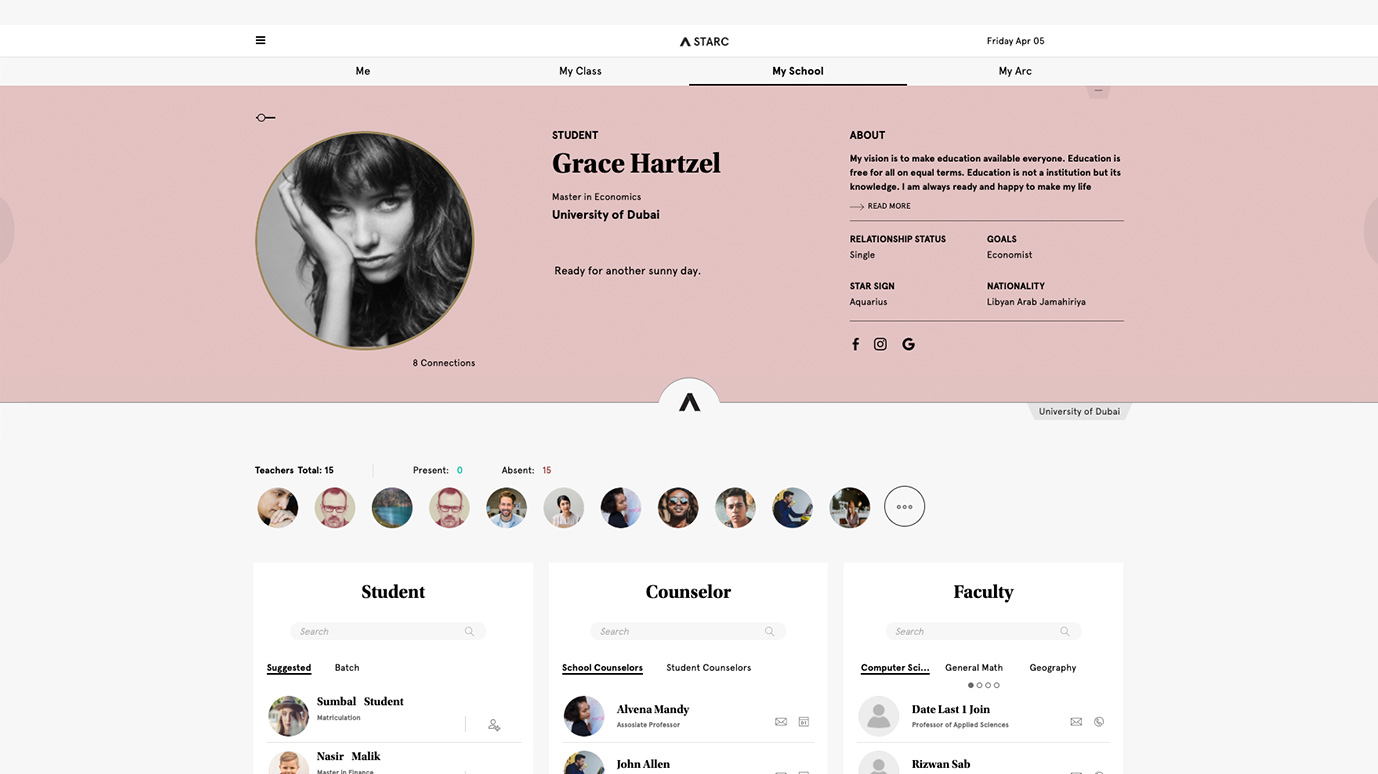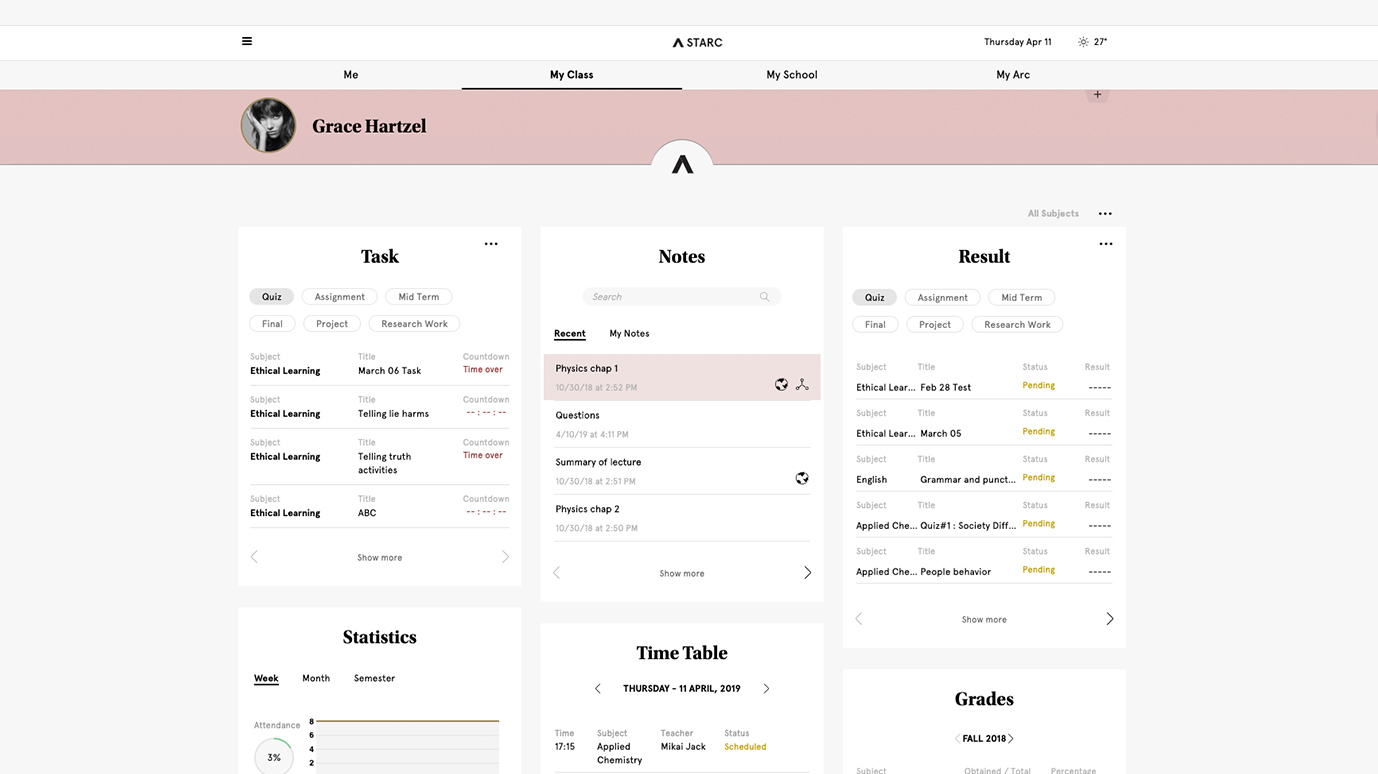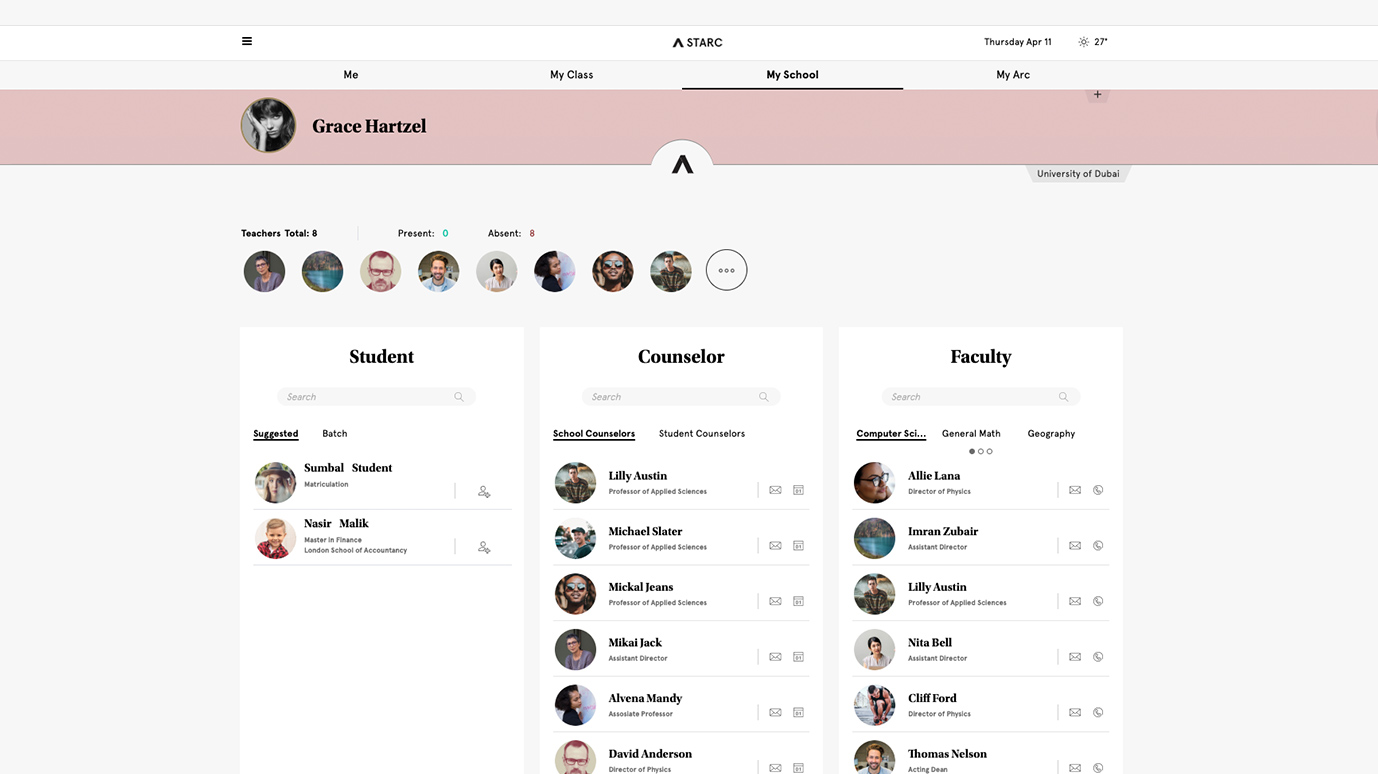Innovation
|
Imagine a new way of learning
Our educational ecosystem will increase the motivation for learning by creating a learning environment where students are empowered socially, educationally and professionally.








